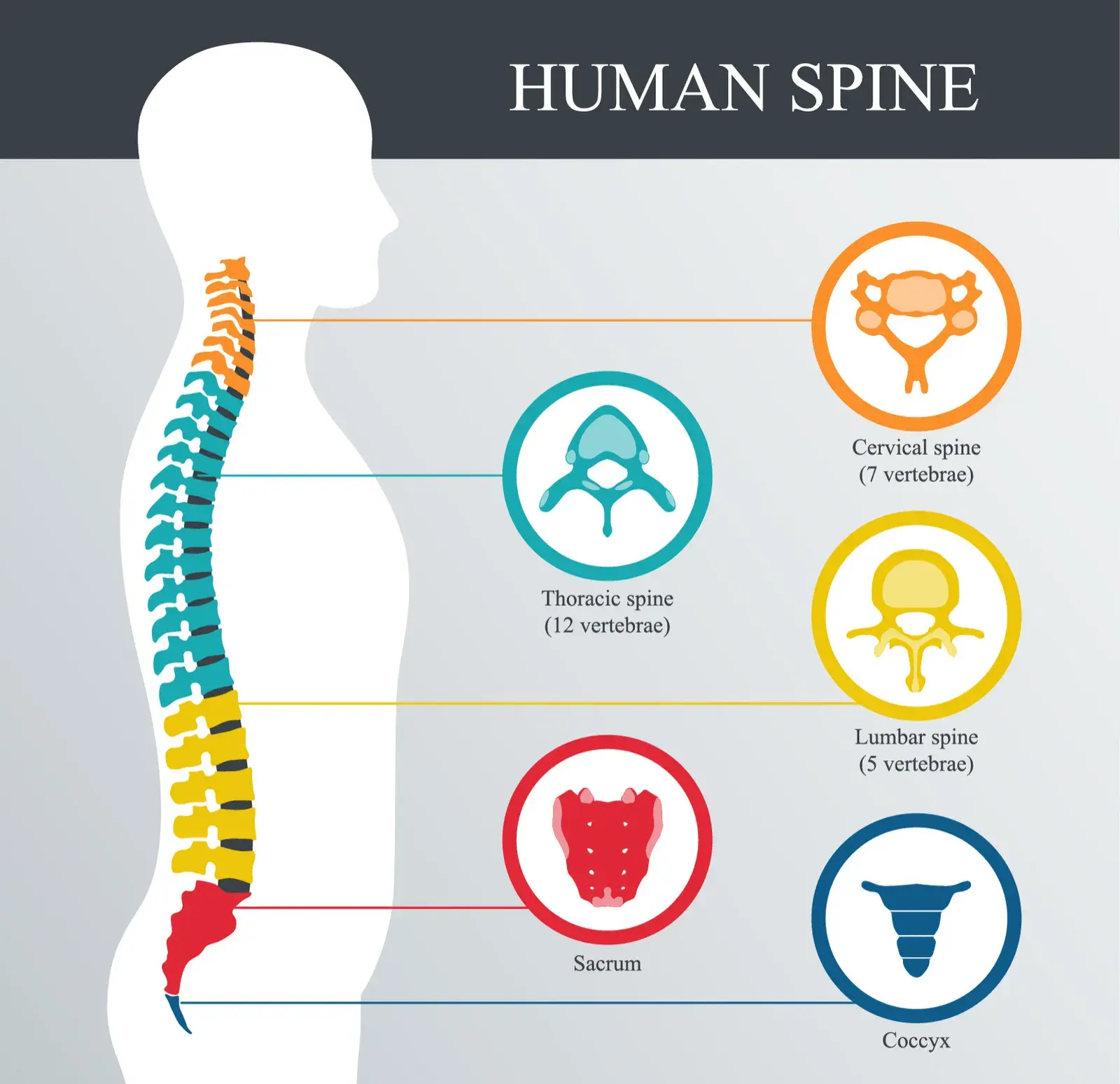What could be the possible Causes of fractures in the vertebrae?
 Vertebral bone fractures can happen in the upper middle and lower spine, especially in the lower thoracic region or areas. The severity of the vertebral fractions can range from mild to severe and can occur in people of all age groups. These can be discovered after the fracture conditions are relieved. The treatment options can help treat different patients' sitting and standing conditions and relieve the symptoms.Also Read: Have you ever had an Ulnar Fracture?
Vertebral bone fractures can happen in the upper middle and lower spine, especially in the lower thoracic region or areas. The severity of the vertebral fractions can range from mild to severe and can occur in people of all age groups. These can be discovered after the fracture conditions are relieved. The treatment options can help treat different patients' sitting and standing conditions and relieve the symptoms.Also Read: Have you ever had an Ulnar Fracture?Some of the causes of vertebral column fractures can be-
- The most common causes of vertebral fractures are accidents with cars or on the road on a bike. They can also occur due to a ladder fall or with workers on the construction sites.
- Back pain can cause sudden and longer-term chronic pain that can be developed anywhere between the shoulders and the lower back. Pain can improve when you lie down, but back pains directly reflect the weaker vertebral column.
- Fractures can be due to compression within the spine's bones and particular types of back braces. Some of these can be minimally invasive procedures, strengthening the vertebra and stabilizing the spine.
- Pinched nerves and damaged nerves can cause tingling, numbness in the back and difficulty walking.
- Problem controlling the ladders or bowels.
- People with severe osteoporosis with weak bones can cause simple daily activities such as stepping into the shower and sneezing forcefully or lifting a light object can also be brittle bones prone to fractures.
- Metastatic tumors can cause pain in younger patients and can cause younger than 55 % with no history of trauma and minimal trauma. The spine's bones are familiar places for many cancers to spread.
- This cancer can destroy the parts of the vertebrae that can cause weakening due to the spread of the tumor.
What are the Symptoms of Vertebral Fractures?
People who have back pain can be caused due to a history of trauma such as car accidents and sports injuries, or hard falls. These symptoms can be-
- The onset of sudden and sharp pain in the back
- An increase in pain in the back while standing or walking
- A decrease in pain intensity while lying down on the bed
- Mobility is limited in the spine
- Height becomes lesser due to hunched packs
- Deformity and disability in the vertebral column.
Advanced treatment of vertebral fractures -
The treatment for Fracture in vertebrae aims to relieve pain, stabilize the spine's bones, and prevent another fracture. Depending on the severity of the fractures and overall health, treatments may include-- Pain relief medications can be recommended over-the-counter non-steroidal anti-inflammatory drugs. Prescribe muscle relaxers for drug prescriptions.
- Braces can help provide support to your vertebrae. It can be relieved the pain by reducing how much you move your spine.
- Medications can help strengthen the bones, slow bone damage, and prevent fractures. These drugs can include Bonica and Fosamax.
- Vertebroplasty can be minimally invasive and relieve pain in the vertebral column, stabilizing the bones.
- In kyphoplasty, a needle is placed in the vertebrae, bone cement is injected, and they can insert an inflatable device filled with cement.
- Spinal fusion surgery is performed on the fractured vertebrae to put them back in place from which they have been replaced. This technique works by dealing with the spaces in between the vertebrae.
- Vertebral fractures may require therapy sessions to prevent psychological factors, not to avoid recovery after the surgery accident.
- Some common treatments include dealing with pain with medication and adopting strategies for faster recovery.
Prevention of vertebral fractures-
To reduce your compression of Fracture in the bone, you should check out the following tips-- Avoid drinking alcohol- drinking alcohol can result in more accidents and injuries as the person drinking more and more alcohol can become Dizzy and will result in getting hit more and more with different poles and places. That can result in weaker bones and drinking problems.
- Eat a healthy diet and make sure you take enough of your vitamins and their supplements. These vitamins and minerals can strengthen the bones and help prevent osteoporosis.
- Smoking can lead to the greater consumption of toxins like tobacco, and these products tend to make bones weaker and fragile thus, you should avoid smoking.
- More than the above points, getting proper checkups from regular practitioners and medical providers is essential as the prescriptions can lead to slow bone loss and reduce osteoporosis risks.
- Make sure your supplements are perfect on time, and you exercise with the physiotherapist.
Conclusion-
A sudden jerk causes vertebral fractures to the back and can also be due to an accident or trauma. Sometimes weaker bones due to osteoporosis can also result in more fragile bones. Other causes of vertebral fractures can be cancer and lifestyle habits. The most common symptoms can be pain and difficulty sitting and standing.Several treatment options are available for Fracture in vertebrae, like spinal fusion surgery and others mentioned in our blog. We suggest you get in touch with your doctor. Because all paints are different, and so are their needs. It will be best to get separate appointments with physiotherapists to prevent pain and discomfort in the back area and spinal cord.Frequently Asked Questions
Can one walk with fractured vertebrae?
There can be specific exercises and sports that you will require to refrain from when you have broken vertebrae, but they can cause remaining inactive vertebrae to become counter-productive; thus, you will have to check with your doctor regarding the same.
What are the leading causes of Fracture in vertebrae?
The most common causes of a vertebral fracture are injury, trauma from car accidents and falls, sports, and high-velocity impact exercises like heavy weight lifting. Accidents can cause a wide range of fractures and spinal cord damage.
What are the best treatments for fractured vertebrae?
The most common treatments for fractured vertebrae are braces and physical therapy. These can be best when healing from an accident or trauma.
What treatments are there for vertebral fractures?
Vertebral fracture treatment aims to reduce pain and stabilize and repair fractures. The non-surgical measure includes medications, back braces, bed rest, and specific exercises. In addition, some non-steroidal and anti-inflammatory drugs can be used to deal with pain after the Fracture.

Reviewed by







